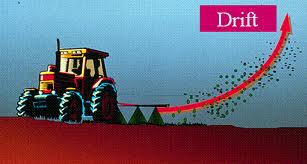Dressing seeds with pesticides to control pests is a widespread practice. Recent incidents of bee losses have directed attention to the emission of abraded pesticide-coated seed particles to the environment during sowing. This phenomenon of drift of pesticide dust can lead to pesticide contamination of air, water and other natural resources in crop-growing areas. This review article presents the state of the art of the phenomenon of dust emission and drift from pesticide seed dressing during sowing and its consequences. Firstly, pesticide seed treatment is defined and its pros and cons are set out, with the focus on dust, dust emission and dust drift from pesticide-coated seed. The factors affecting emission of pesticide dust (e.g. seed treatment quality, seed drilling technology and environmental conditions) are considered, along with its possible effects. The measuring techniques and protocols and models currently in use for calculating the behaviour of dust are reviewed, together with their features and limitations. Finally, possible mitigation measures are discussed, such as improving the seed quality and the use of modified seed drilling technology, and an overview of regulations and stewardship activities is given.
Source:
Nuyttens, D., Devarrewaere, W., Verboven, P. and Foqué, D. (2013), Pesticide-laden dust emission and drift from treated seeds during seed drilling: a review. Pest. Manag. Sci., 69: 564–575. doi: 10.1002/ps.3485

- Log in to post comments
